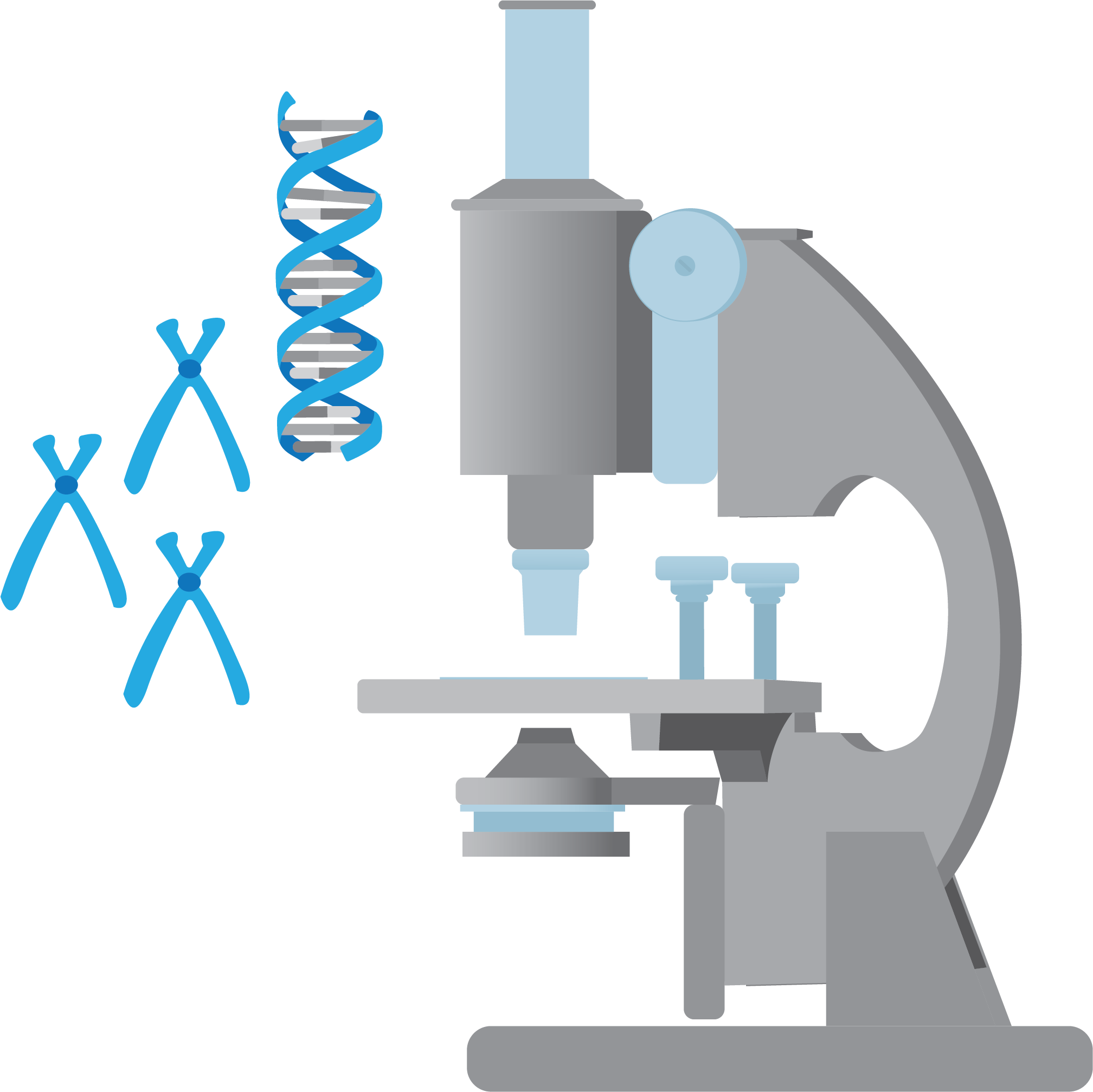Develop Potential Therapeutics
The development phase in drug discovery is a critical stage that involves further refining, optimizing, and characterizing a potential
drug candidate to prepare it for clinical trials.This phase focuses on translating promising laboratory findings into a viable, safe,
and effective therapeutic product that can be tested in humans.

Modality Agnostic
Everlum unlike many others is agnostic to modality of treatment. In fact, many of our treatment plans may involve the use of
multiple modalities to treat a rare disease. Our considered modalities include but are not limited to utilizing the following
technologies:
Small Molecule
Libraries of tens of thousands of small molecules can be tested in a high throughput fashion for their ability to correct
affected pathways involved in a rare disease
Libraries of ~5000 already FDA approved drugs that positively affect a rare disease can be prescribed off label without
further FDA involvement and the time necessary for further regulatory approval.
Antisense Oligo (ASO)
ASOs are a short (16-20 bp) piece of chemically modified DNA or RNA that bind to the messenger-RNA (mRNA) associated
with a protein involved with a rare disease
ASO can affect mRNA in and therefore protein in multiple ways:
Skip exon containing mutation
Stabilize mRNA to increase expression of involved proteins.
Bind to mRNA and cause destruction and silencing of protein expression pathways.
Gene Therapy
Gene Therapy involves the use of a viral vector to do what viruses do best, introduce DNA or RNA into as many cells
of the patient affected by rare disease.
Adeno Associated Virus (AAV)
Lentivirus
Prime Editing (near future Technology)
Validate Through Experiments
The validation phase of the scientific process in drug discovery is a crucial step that involves verifying and confirming the findings
and potential of a new drug candidate before it can proceed to further development and clinical trials. This phase is designed to ensure
that the initial promising results observed in earlier stages of drug discovery are reliable, reproducible, and have a real chance of
translating into safe and effective treatments for patients.
Cure Proof of Concept
The proof-of-concept (PoC) phase in preclinical rare disease research is a crucial step that involves demonstrating the feasibility
and potential effectiveness of a novel drug candidate or therapeutic approach in addressing a specific rare disease.


